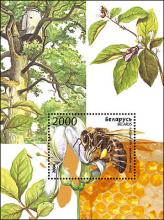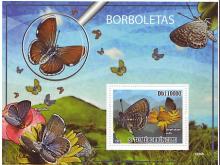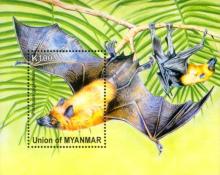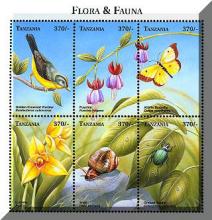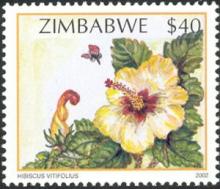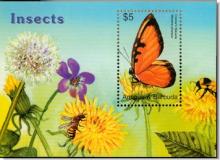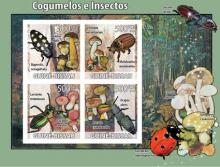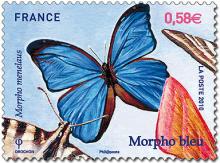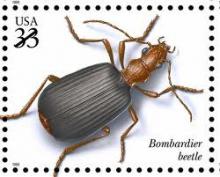Sierra Club: New research should nail the coffin lid shut on a toxic bee-killing pesticide - Entire food chain found to be contaminated, from soil to pollen to dead bees
The Sierra Club, with over 1.3 million members and supporters, calls on the U.S. Environmental Protection Agency (EPA) to immediately suspend the registration of the insecticide clothianidin, based on new scientific evidence of extensive contamination in bees and soil. Last week (January 3, 2012) scientists at Purdue University documented major adverse impacts from clothianidin, used as a seed treatment in corn, on honey bee health. The results showed clothianidin present in foraging areas long after treated seed has been planted. The study raises questions about the long term survival of this major pollinator. "This research should nail the coffin lid shut on clothianidin", says Laurel Hopwood, Sierra Club's Chairwoman of the Genetic Engineering Action Team. "Despite numerous attempts by the beekeeping industry and conservation organizations to persuade the EPA to ban clothianidin, the EPA has failed to protect the food supply for the American people."

